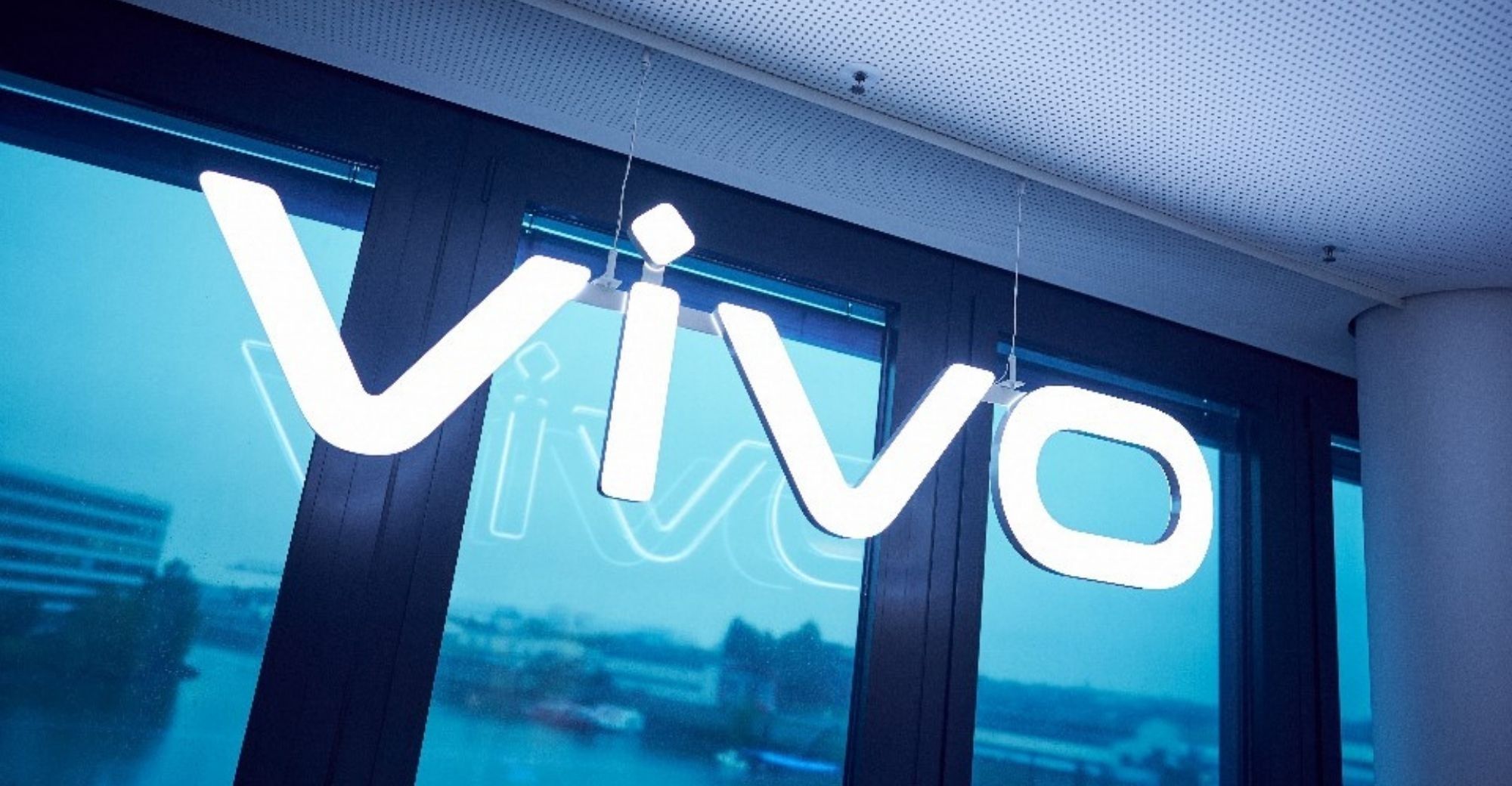Offline War Between OPPO and Xiaomi
After 16 months in development, OPPO’s first super flagship store opened on Huaihaizhong Road in Shanghai beside brand stores such as Zara and Urban Revivo. The flagship covers nearly 500 square meters, more than half of which is a recreational area.
There are three spacious black-pebble seats and two long tables displaying OPPO’s flagship phones. Shelf merchandise includes Beats headphones, DJI UAVs, BOSE sound and the Star Wars BB-8 robot.
SEE ALSO: OPPO Opens First Super-Flagship in Shanghai, Launches New Year Phone
“Compared with other regions, OPPO’s brand influence and appeal in first-tier cities is not satisfying,” OPPO Vice President Wu Qiang said. He told Chinese Entrepreneurs that most stores on Huaihai Road in Shanghai were not profitable. Their main function is to improve service and brand awareness. Sales is not the goal. OPPO reportedly invested 10 million yuan in the Shanghai super flagship store before opening.
Since last year, OPPO has significantly increased its investment in brand marketing in first-tier cities. “We have been operating in first-tier cities. It is just that we can do a better job in a third- or fourth-tier city,” Wu Jiang said.
At a meeting in Guangzhou, OPPO made clear its proposal to open more stores in first-tier cities. A senior OPPO executive at the meeting said, “It’s an exclusive store, like Apple.”
It’s hard for OPPO to make its way to first-tier cities like Beijing, Shanghai, Guangzhou and Shenzhen. “Previously, OPPO treated first-tiered cities the same as other cities, with the same resources and policies.” Wu said in the interview with Chinese Entrepreneurs. He reflected errors in layout in first-tier cities.
OPPO’s super flagship scouted out many first- and second-tier cities. In addition to the Shanghai store, a second location in Shenzhen has been confirmed, and site selection in Beijing and other cities is in the works.
Since 2017, opening stores has become an important step for handset makers. In November, Xiaomi opened its world’s first flagship store in Shenzhen. Unlike OPPO, its two-story store is nearly 600 square meters and it sells 400 Xiaomi products. The abundant products make it a comprehensive shop. One commodity may not be purchased frequently, but hundreds together could upgrade rare consumption into frequent consumption.
Wu strongly believes that OPPO’s flagship store aims to improve the brand image and user experience, rather than improving the area effectiveness. OPPO will not take a multi-category route unlike Xiaomi or apple. As for introducing third-party products, OPPO will choose a product that is comparable to its brand, or slightly stronger. At present, the SKU of OPPO Shanghai flagship store is around 30, and will continue to enrich the product category in the future.
Wu explained OPPO’s channel strategy. So far, OPPO has more than 250,000 channels throughout China, with a large proportion of stores located in third-tier or fourth-tier cities. “Previously, people thought more shops meant more power. But in fact, too many shops at a low level leave a bad impression on users.”
As for improving brand image in such stores, Wu was strongly against the “one size fits all” mode. “It will be a dynamic process instead of sudden shrink from 250,000 to 200,000,” he said. In the future, OPPO will adopt the model of hierarchical management on channels, optimize small stores, weed out stores in remote areas or in bad business. OPPO will minimize numbers in this aspect and will have more super flagship stores,” he said.
Apart from the super flagship store and numerous third-party stores, there are more than 1 million exclusive stores and flagship stores, accounting for 10 percent of the total sales in China. Wu said he did not deliberately plan the layout of exclusive stores and flagship stores and will not increase their proportion in the retail landscape.
“The domestic phone market has changed from pyramid type to T type, and it’s not easy for any company to knock over another one.” According to Counterpoint, Huawei, OPPO, Vivo and Xiaomi account for more than 70 percent of the Chinese market. Wu said in this competition the most important thing for OPPO is not to make mistakes.
The domestic mobile phone industry has entered the stock market. The shipment growth of Xiaomi, Huawei and OPPO is due to increasing overseas sales. Currently, OPPO’s overseas sales accounts for 30 percent of its total. Wu said Chinese mobile phone manufacturers will speed up their expansion overseas. And OPPO will explore other overseas markets, such as Russia and Japan, in 2018 after expanding in existing Southeast Asian markets and India.
“We shipped 98 million handsets last year. Domestic sales are up by more than 10 percent this year, and overseas growth is more than 20 percent,” Wu said. At that rate, OPPO will ship more than 120 million units in 2017. Wu said the industry will remain at the current scale next year, but perhaps with a small decline.
Over the past two years, OPPO only launch one R-series flagship per year. This concentration brought significant advantages. However, after dominating the 3,000-yuan price point, OPPO doesn’t have a handset with a higher price. One industry source said, “If the mobile phone manufacturer wants to do a good job in first-tier cities, it needs to gain a foothold in the 4000 to 5000-yuan range.”
A consensus in the mobile phone industry is that there will be no major changes in either vendor shipments or major manufacturers before 5G arrives. Full screen is the theme of the second half of 2017. As experience is limited, there is no large replacement. Wu said full screen phones, lower-screen fingerprint recognition and artificial intelligence are the three technologies mobile makers will target next year. For the new technology, OPPO always prefers stable solutions, he said. “New technology only meets the needs of specific groups, so OPPO will not mass produce such products. OPPO hopes each of its products can meet the needs of the general public,” Wu said.




